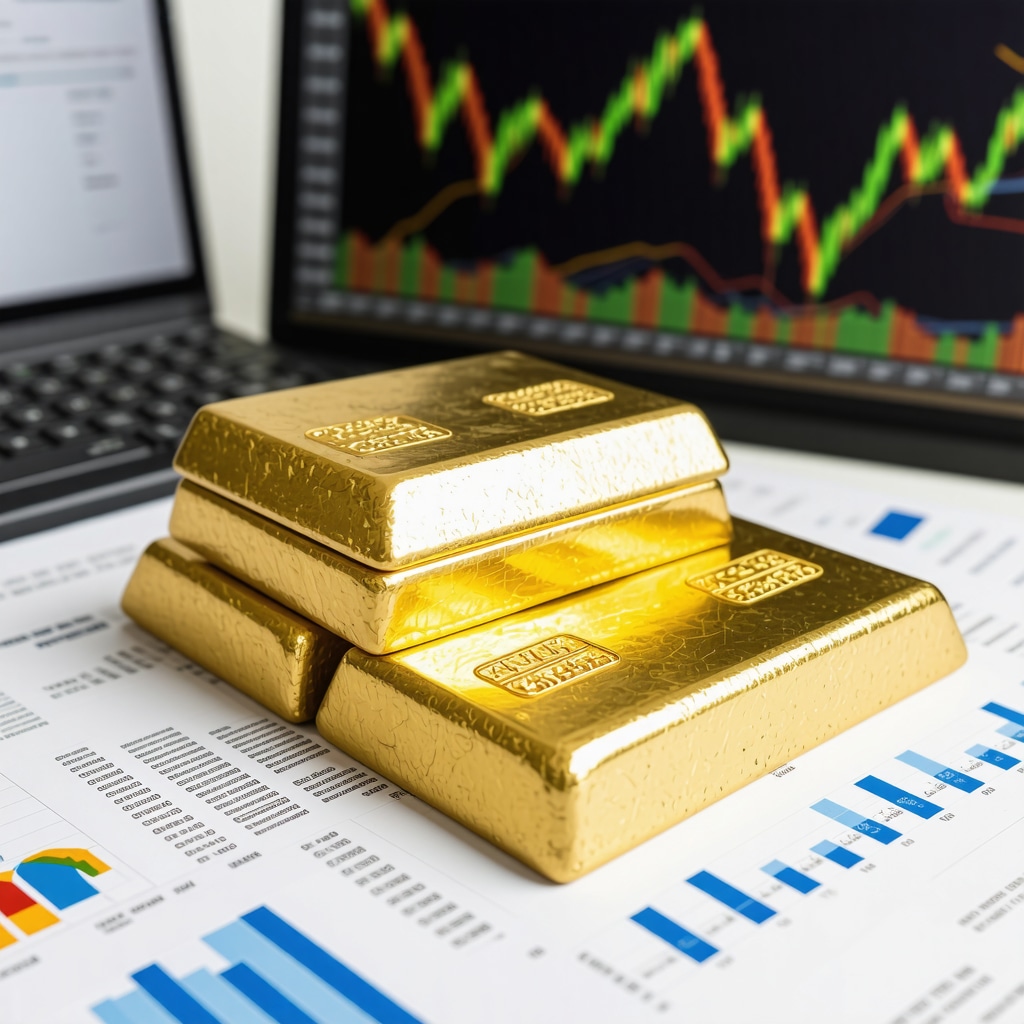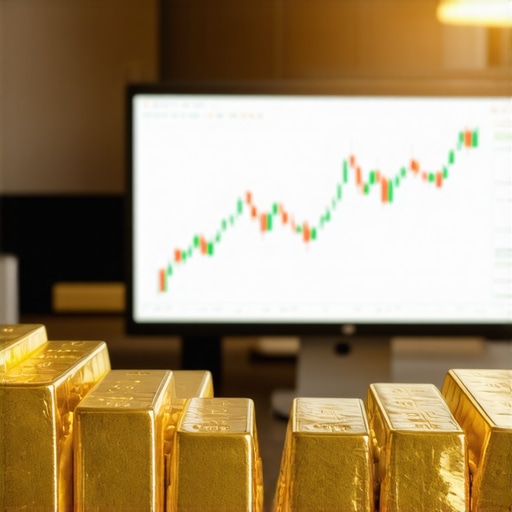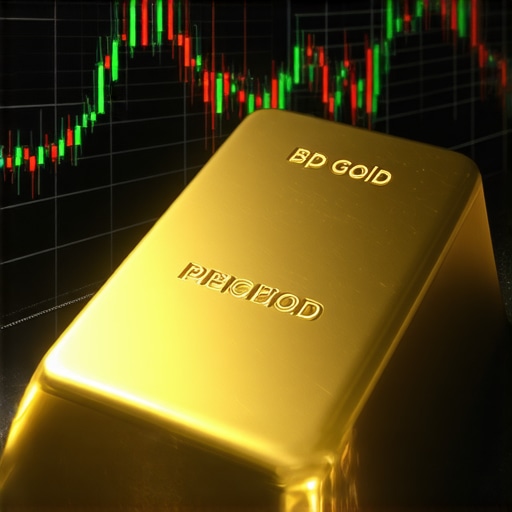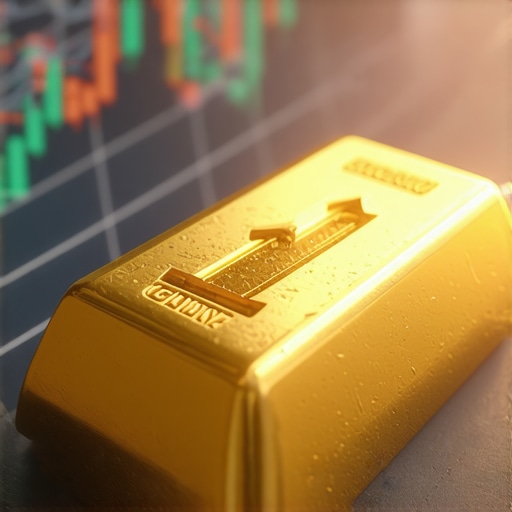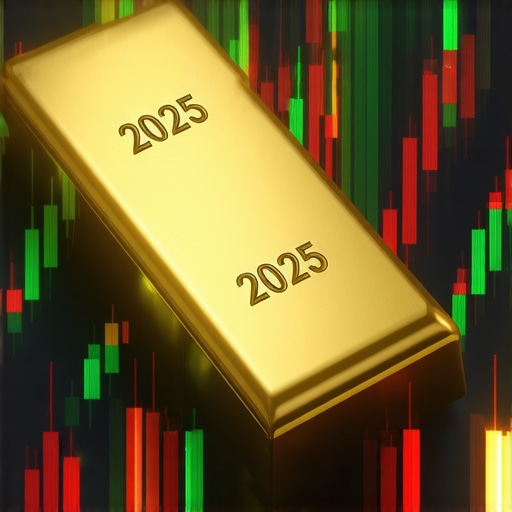Unveiling the Complex Dynamics Behind the Gold Price Forecast 2025
The anticipated trajectory of gold prices in 2025 is a subject of intense scrutiny among investors, economists, and market analysts. As a traditionally safe-haven asset, gold’s future valuation hinges on a confluence of macroeconomic indicators, geopolitical stability, and central bank policies. Understanding these factors through an expert lens offers a strategic advantage in navigating this volatile landscape.
Deciphering the Role of Inflation and Monetary Policy in Gold Forecasting
Inflation remains a central driver in predicting gold prices. Typically, rising inflation diminishes the purchasing power of fiat currencies, prompting investors to seek gold as a hedge. The Federal Reserve and other central banks’ monetary policies—particularly interest rate adjustments—further influence gold’s appeal. An environment of low real interest rates in 2025 could bolster gold’s attractiveness, whereas rate hikes might suppress it.
Economic Indicators to Watch for 2025: GDP Growth, Unemployment, and Beyond
Beyond inflation, other key indicators such as GDP growth rates, unemployment figures, and manufacturing output serve as barometers of economic health. A slowdown or recession could propel gold prices upward, as market participants flock to safe assets. Conversely, robust growth with controlled inflation might temper gold’s rally. The nuanced interpretation of these indicators is vital for accurate market predictions.
Geopolitical Tensions and Market Sentiment: Unexpected Catalysts
Geopolitical instability—conflicts, trade disputes, or political upheaval—can act as catalysts for sudden surges in gold prices. Market sentiment, often driven by news and investor psychology, amplifies these effects. Analyzing geopolitical risks in conjunction with economic data provides a comprehensive framework for forecasting gold’s future value.
Central Bank Gold Purchases and Market Impact: An Expert Perspective
One of the more subtle yet influential factors is central bank activity. Countries increasing their gold reserves, as observed in recent years, tend to support higher gold prices. Understanding the motives behind these purchases—whether for diversification or currency stabilization—is crucial. For detailed insights, see the analysis on central bank gold policies.
How will technological advancements and digital assets influence gold’s role in 2025?
While traditional indicators dominate, emerging factors such as blockchain technology, digital gold, and cryptocurrencies could reshape gold’s investment landscape. The integration of digital assets might either challenge or complement physical gold holdings, adding layers of complexity to the forecast.
To deepen your understanding, explore our comprehensive guide on safe gold coin investments in 2025. Share your insights or inquire about specific indicators that you believe will influence gold’s trajectory in the comments section below.
Sources such as the Journal of Economic Perspectives provide extensive research on macroeconomic factors affecting gold prices, reinforcing the importance of a multi-faceted analytical approach.
Unraveling the Nuanced Impact of Fiscal Policies on Gold in 2025
While macroeconomic indicators set the stage for gold’s trajectory, fiscal policies enacted by governments worldwide can introduce significant volatility or stability. Stimulus measures, taxation changes, and debt management strategies directly influence investor confidence and liquidity, thereby affecting gold demand. For instance, expansionary fiscal policies may lead to concerns over inflation, prompting increased gold purchases as a hedge. Conversely, austerity or fiscal consolidation could stabilize markets, potentially dampening gold’s appeal.
How Do Technological Innovations and Digital Assets Reshape Gold Investment Strategies?
Emerging technologies such as blockchain, tokenization, and cryptocurrencies are transforming the investment landscape. Digital gold, represented through blockchain tokens, offers liquidity and ease of transfer, challenging traditional physical holdings. Moreover, innovations in secure storage, like decentralized vaults, enhance investor confidence in digital assets. As a result, investors must consider how these advancements influence portfolio diversification and risk management, especially when integrating gold with digital assets. For comprehensive strategies, explore our detailed guide on building a diversified gold investment portfolio in 2025.
What are the implications of rising geopolitical tensions on gold’s safe-haven status in 2025?
Geopolitical risks—ranging from regional conflicts to global trade disputes—often act as catalysts for surge in gold prices. The unpredictability associated with political upheavals can lead to increased market volatility, prompting investors to seek the stability of gold. However, the magnitude and duration of these tensions determine whether gold acts as a short-term refuge or a long-term store of value. Keeping an eye on geopolitical developments, such as international sanctions or military conflicts, is critical for timely investment decisions. For in-depth geopolitical risk analysis, consult gold market analysis 2025.
To stay ahead, consider reading our latest insights on safe gold coin investments in 2025. Share your perspectives or ask questions in the comments below—your insights contribute to a richer understanding of the gold market’s future.
According to research from the Journal of Economic Perspectives, macroeconomic stability and policy coordination significantly influence commodity markets, including gold. This underscores the importance of a comprehensive, multi-faceted approach to forecasting and investing in gold for 2025.
Deciphering the Impact of Global Monetary Shifts on Gold Valuation in 2025
As we delve deeper into the intricacies influencing gold prices, one cannot overlook the profound effects of global monetary policy adjustments. Central banks worldwide are engaging in unprecedented quantitative easing and tapering strategies, which directly impact liquidity and inflation expectations. For instance, the European Central Bank’s recent policy shifts aim to stabilize eurozone inflation but also introduce volatility in gold’s appeal as an inflation hedge. Understanding these nuanced monetary maneuvers requires a keen grasp of international policy coordination and their ripple effects across markets.
Advanced Economic Metrics: Beyond GDP and Unemployment
While traditional indicators like GDP growth and unemployment rates serve as foundational economic barometers, sophisticated metrics such as the Purchasing Managers’ Index (PMI), consumer confidence indices, and real-time data analytics provide granular insights into economic health. For example, a divergence between manufacturing PMI and consumer confidence might signal underlying economic tensions that could influence gold’s trajectory. Investors equipped with access to high-frequency data and predictive analytics are better positioned to anticipate short-term market shifts.
Nuanced Geopolitical Catalysts and Their Financial Repercussions
In the arena of geopolitics, emerging flashpoints—such as cyber warfare, regional independence movements, or resource disputes—can catalyze swift market reactions. A recent escalation in cyber-attacks targeting critical infrastructure underscores the importance of incorporating geopolitical risk models into investment strategies. These models leverage real-time news analytics, sentiment analysis, and geopolitical event databases to forecast potential market upheavals. As a result, investors can preemptively adjust their gold holdings to hedge against sudden instability.
Central Bank Gold Reserves: Strategic Reassessments and Market Implications
Central banks’ gold reserve policies are evolving in response to shifting geopolitical alliances and economic priorities. Notably, nations like India and Russia are diversifying their reserves amidst global uncertainties, signaling a strategic shift that supports higher gold prices. A comprehensive analysis of central bank reports, such as the International Monetary Fund’s (IMF) quarterly reserve data, reveals patterns of accumulation or liquidation that can serve as leading indicators for market participants. These strategic moves often reflect broader geopolitical alliances and economic resilience plans.
How do emerging digital assets and blockchain innovations redefine gold’s role in a diversified portfolio?
Digital assets, including blockchain-based tokens and decentralized finance (DeFi) platforms, are transforming traditional investment paradigms. Tokenized gold offers liquidity, fractional ownership, and seamless transferability, challenging physical gold’s dominance. Moreover, blockchain transparency enhances security and provenance verification, bolstering investor confidence. As these innovations mature, portfolio diversification strategies must adapt, integrating digital gold alongside physical assets to optimize risk-adjusted returns. For more on this evolving landscape, review our detailed guide on building a diversified gold investment portfolio in 2025.
Stay engaged with our expert analyses—subscribe to our newsletter or join discussions in the comments section to stay ahead of emerging trends shaping gold’s future.
Unraveling the Impact of Central Bank Policies on Gold’s Future in 2025
Central bank strategies continue to be pivotal in shaping gold prices, especially as nations diversify reserves amidst geopolitical uncertainties. The nuanced shifts in quantitative easing, tapering, and reserve management—highlighted in IMF reserve data—offer critical clues for investors seeking to anticipate market movements. Understanding these policies’ ripple effects necessitates a deep dive into international monetary coordination and its influence on liquidity and inflation expectations.
Advanced Analytical Tools for Precision Gold Forecasting
Leverage cutting-edge data analytics, including high-frequency economic indicators such as PMI, consumer confidence, and real-time market sentiment metrics. These tools enable investors to detect subtle divergences and emerging trends that traditional metrics might overlook. A sophisticated approach to economic data enhances predictive accuracy, empowering investors to act proactively in volatile environments.
Expert-Level Questions: How Do Geopolitical Flashpoints Reshape Gold Dynamics?
Emerging geopolitical flashpoints—cyber warfare, regional independence movements, and resource disputes—can catalyze rapid market shifts. These events heighten market volatility, prompting safe-haven flows into gold. Incorporating geopolitical risk models, which utilize real-time news analytics and sentiment analysis, allows investors to forecast potential upheavals more accurately, thus optimizing timing and positioning.
Innovations in Digital Assets: Redefining Portfolio Diversification Strategies
The advent of blockchain-based tokens and decentralized finance platforms revolutionizes gold investment strategies. Tokenized gold offers fractional ownership, liquidity, and transparency, challenging traditional physical holdings. As blockchain technology matures, integrating digital gold with physical assets enhances diversification, risk management, and portfolio resilience. For detailed strategies, consult our guide on building a diversified gold investment portfolio in 2025.
What Are the Long-term Implications of Rising Digital Asset Adoption for Gold?
As digital assets gain prominence, their influence on gold’s role as a safe-haven asset becomes increasingly significant. The integration of blockchain tokens and DeFi platforms introduces new liquidity channels and transfer mechanisms, potentially reducing reliance on physical gold. This evolution necessitates a reevaluation of traditional hedging practices and portfolio allocations, emphasizing the importance of staying abreast of technological developments.
<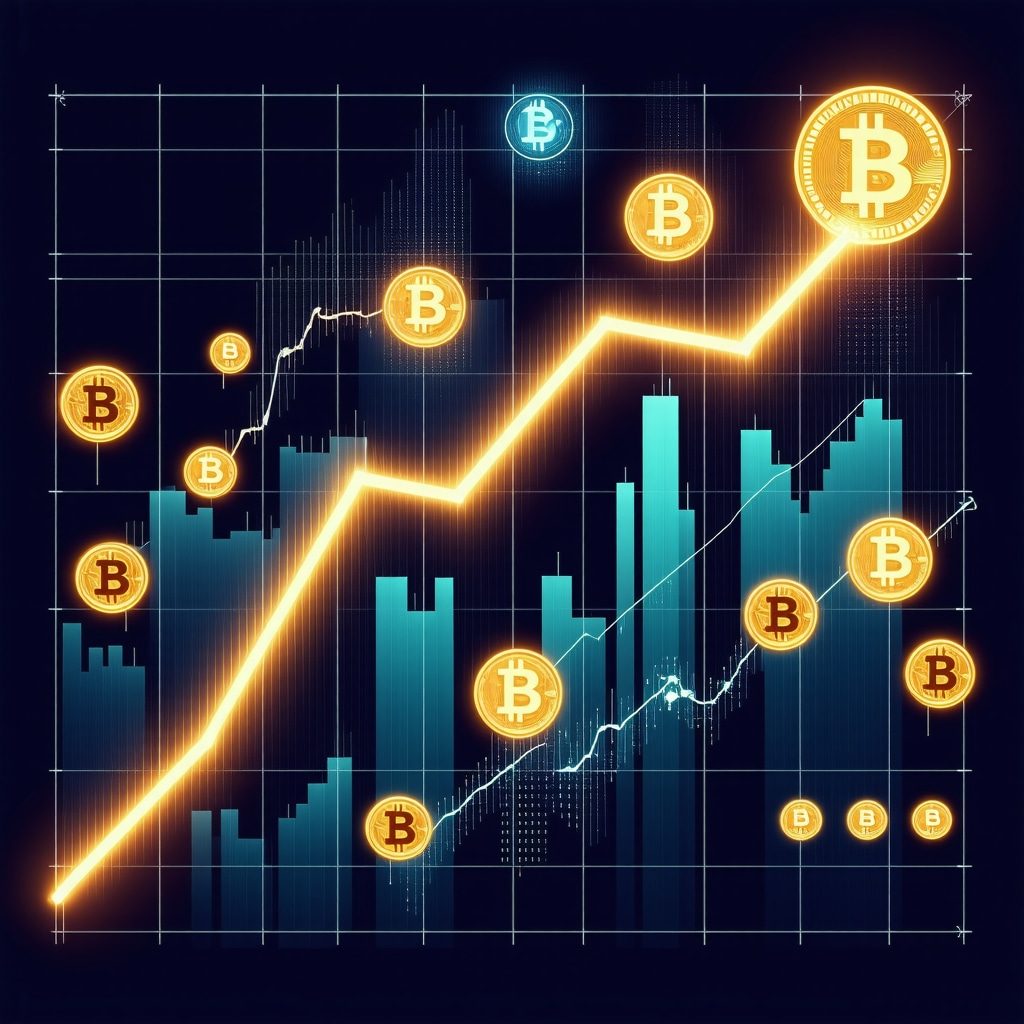 >
>
To stay at the forefront of these developments, subscribe to our expert insights and participate in discussions to refine your investment strategies amidst evolving digital and geopolitical landscapes.
Expert Insights & Advanced Considerations
1. Strategic Diversification with Digital Assets
As the gold market evolves, integrating digital assets such as blockchain-based tokens and DeFi platforms enhances portfolio resilience and liquidity. Experts recommend exploring tokenized gold for fractional ownership and easy transfer, which can complement traditional holdings and mitigate risks associated with physical storage.
2. Monitoring Central Bank Reserve Policies
Central bank activities, including reserve diversification and gold purchases, serve as leading indicators of market trends. Keeping abreast of IMF reserve data and national reserve reports allows investors to anticipate shifts and adjust their positions proactively, especially amid geopolitical uncertainties.
3. Advanced Economic Metrics for Market Prediction
Beyond conventional indicators, utilizing high-frequency data such as PMI, consumer confidence, and real-time analytics provides granular insights. These tools empower investors to detect subtle market signals, facilitating more precise timing of gold investments amid volatility.
4. Geopolitical Risk Modeling
Incorporating real-time news analytics, sentiment analysis, and geopolitical event databases into risk models enhances the ability to forecast market upheavals. This approach helps in preemptively adjusting gold holdings in response to emerging conflicts or trade disputes, safeguarding assets during turbulent times.
5. Embracing Technological Innovations
Emerging technologies like blockchain tokenization and decentralized finance are reshaping gold investment strategies. Investors should consider integrating digital gold into diversified portfolios to leverage liquidity, transparency, and security advantages, aligning with forward-looking market dynamics.
Curated Expert Resources
- Gold Market Analysis 2025: Offers comprehensive insights into central bank activities, geopolitical risks, and economic indicators shaping gold prices in 2025.
- Building a Diversified Gold Investment Portfolio in 2025: Guides investors on integrating physical, ETF, and digital gold assets for optimal diversification and risk management.
- International Monetary Fund Reserve Data: Provides authoritative data on global reserve movements, essential for strategic planning and market anticipation.
- Real-Time Economic Data Platforms: Tools like high-frequency analytics and sentiment analysis software enable proactive decision-making in volatile environments.
Final Expert Perspective
The forecast for gold prices in 2025 underscores the importance of a multi-faceted approach rooted in expert analysis of macroeconomic trends, geopolitical developments, and technological innovations. Embracing digital assets and leveraging advanced data analytics can position investors advantageously amidst market shifts. Stay engaged with industry insights, contribute your own expertise, and explore comprehensive resources to refine your strategies for navigating the evolving gold landscape in 2025.






